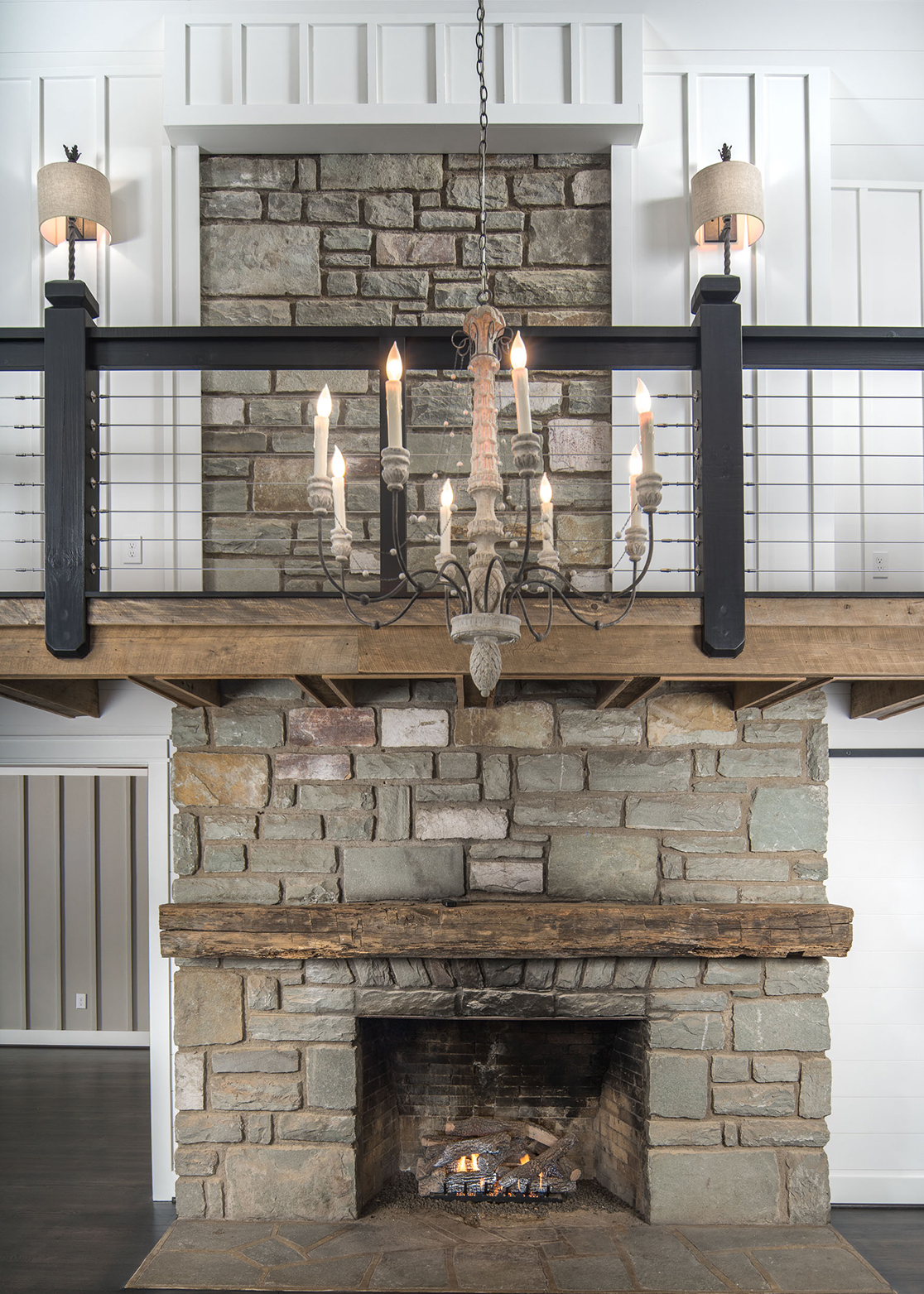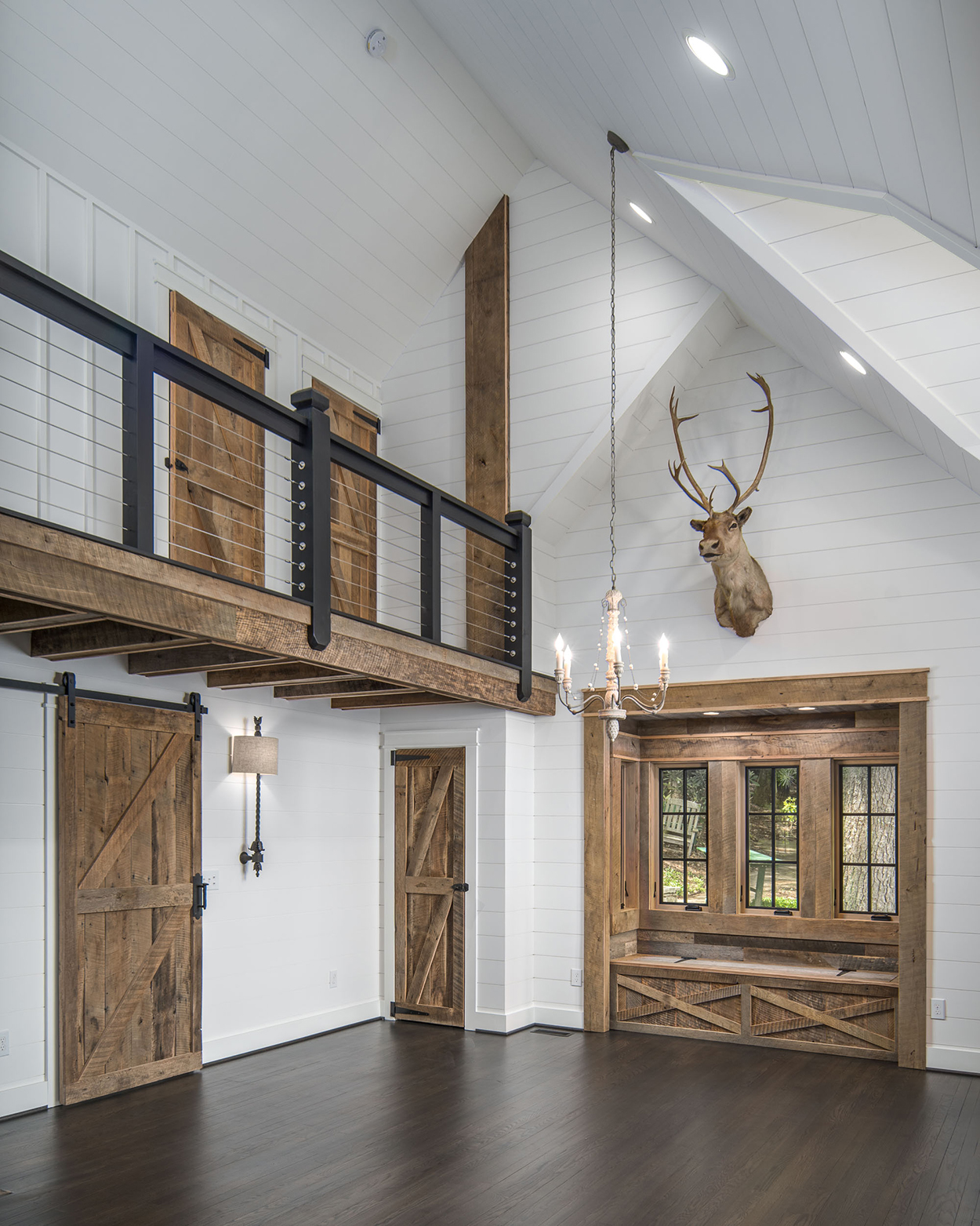Renovating a historic home can be a challenging undertaking depending on the condition of the house and the goals for the project. Choosing the proper contractor is imperative to the project’s overall success. Following a few important guidelines will help ensure you create a safe and successful plan for your renovation that is both manageable and affordable. Take a look at three things the Alair Homes High Country team has learned that are important to address if you are interested in renovating a historic home.
Do Your Research
To confirm that your home qualifies as historic, visit the National Register of Historic Places, where all historic homes are listed in its database. Being aware of your city’s regulations on historical preservation before you start renovating will save you both time and money in the long run. Contact the state historic preservation office and ask if the property has any rules you’ll need to follow in order to protect its status. The objective of labeling a house as historic is to help maintain the building’s integrity and preservation. Depending on the property’s history and the community, you may face restrictions when it comes to the paint colors and materials you can use.
Reuse, Repurpose, Recycle
Renovating old buildings to keep up with the pace of today will almost always require upgrading certain amenities. Adding modernized elements is acceptable as long as the details that make the home unique are being recycled and repurposed. When renovating a historic home, restoration and preservation should be the focus. Once you learn the regulations and restrictions tied to your property, you can determine what parts of your home you want to preserve and bring back to life.

You might be tempted to pick out paint swatches and new floors right away, but the initial stages of the renovation should be practical rather than aesthetic. First and foremost, an examination of the structural system is crucial to make sure the roof and other architectural elements are secure with no water damage. There are many ways to improve the efficiency of an old house without completely tearing it apart. Salvaging materials like wood floors and hardware such as doorknobs and cabinet pulls are great ways to keep the original character throughout the home. The contemporary additions of the home should balance and flow with the existing parts of the home.

Pick the Right Team
Over half the homes built before the 1980’s have a high chance of containing lead-based paint or asbestos. This can turn into serious danger if not handled by a team that is knowledgeable of the risks involved during renovating historic properties. The Alair Homes High Country team are lead certified renovators. With each home, a deep lead paint and asbestos analysis is completed and safe work practices are in place to protect both the team and residents once the renovation is complete. These practices include setting up the work area properly with plastic and sealing off the area from the rest of the house to prevent dust and debris from leaving the work area. There are safety procedures in place for using protective clothing, cleaning the work area, and removal and disposal of lead paint containing items. Specific techniques and tools are used in order to control the amount of dust created.
If you are considering renovating a historic home in the Blowing Rock area or surrounding communities, Alair Homes High Country is here to help. Contact us to schedule a consultation to learn more about renovation options that are respectful to your home’s past but also functional for the future.
